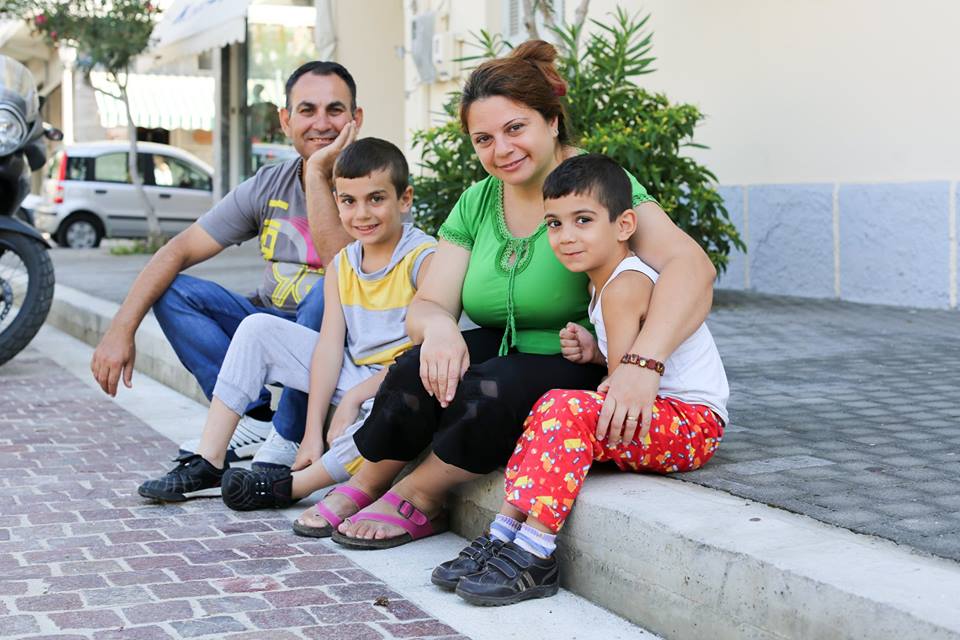humans of the refugee crisis
The creator of Humans of New York, Brandon Stanton, is focusing his lens on the humanitarian crisis unfolding in the Middle East and Europe.
As the name suggests, Humans of New York usually documents the stories of people out and about in New York. With a following of 15 million people on Facebook alone, the series enchants its global following with life-affirming stories that run the gamut of the human experience. However, for the next ten days Stanton will be in Greece and Turkey, sharing the stories of people who have left their home countries to find a better life elsewhere.
According to Stanton, ‘in the midst of the current ‘migrant’ crisis, there are millions of different reasons for leaving home. And there are millions of different hardships that refugees face as they search for a new home.’
The stories published so far give a human face to the brutal realities of civil war, people smuggling and separated families. The despair in these stories is shockingly raw, but they also tell of generosity and hope.
Everyone began to scream. We were the last ones to get out alive. My husband pulled me out of the window. In the ocean, he took off his life jacket and gave it to a woman. We swam for as long as possible. After several hours he told me that he was too tired to swim and that he was going to float on his back and rest. It was so dark we could not see. The waves were high. I could hear him calling me but he got further and further away. Eventually a boat found me. They never found my husband. (Kos, Greece)
Everyone here has been very nice to us. When we got to the beach, there were people there who gave us food and a hug. A priest even gave us this carpet to pray on. He told us: ‘We have the same God.’ (Lesvos, Greece)
In Syria alone, the UN estimates that 4.1 million people have fled so far. The journey is fraught with danger, as the tragic drowning of Aylan Kurdi and the horrific discovery of fifty bodies in a truck off an Austrian highway are chilling reminders of.
Among those who stay, the UN estimates that approximately 12.2 million, nearly half the population, are in need of humanitarian assistance.
The Humans of New York project doesn’t solve this problem. It alone doesn’t provide shelter, food, re-write policies or stop any bombs. What it does, however, is offer an alternative representation of refugees. This alternative transcends our political barriers and pre-conceived ideas, an appeal to humanity that ultimately challenges the way we respond to this crisis.
Despite the images of tent cities saturating our screens, the crisis has remained one of statistics rather than the plight of individuals. By allowing people to tell their own story, we move beyond the standard depiction of refugees as impending social disasters or hidden terrorists. And in doing so, we are reminded that we are all the same, or as one priest says, ‘We have the same God.’


